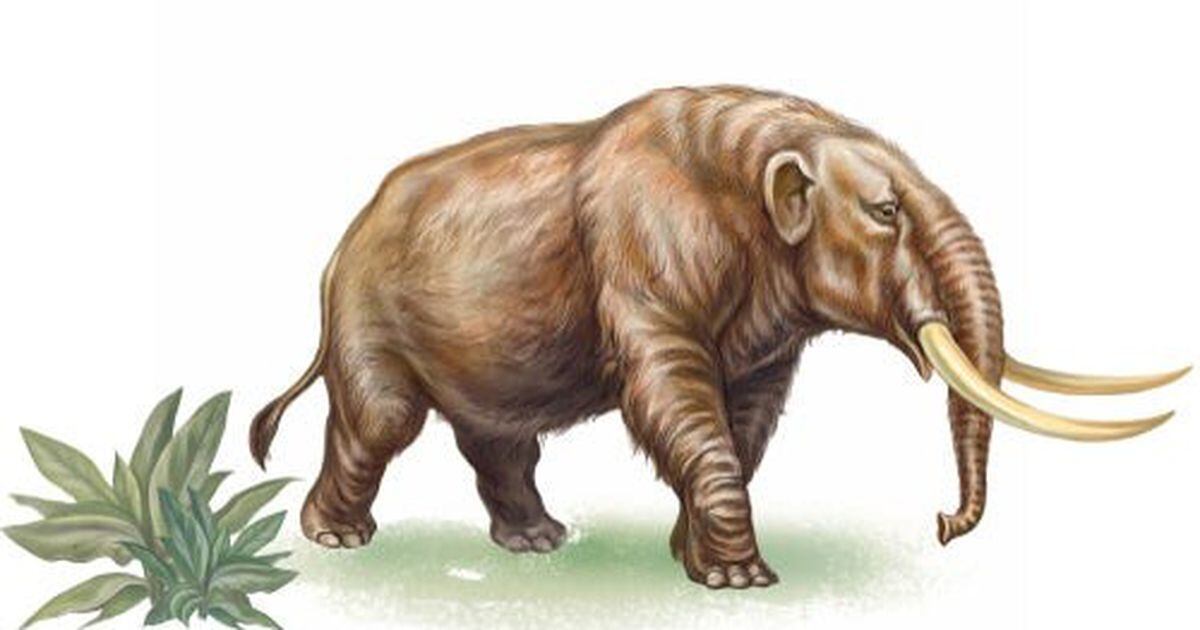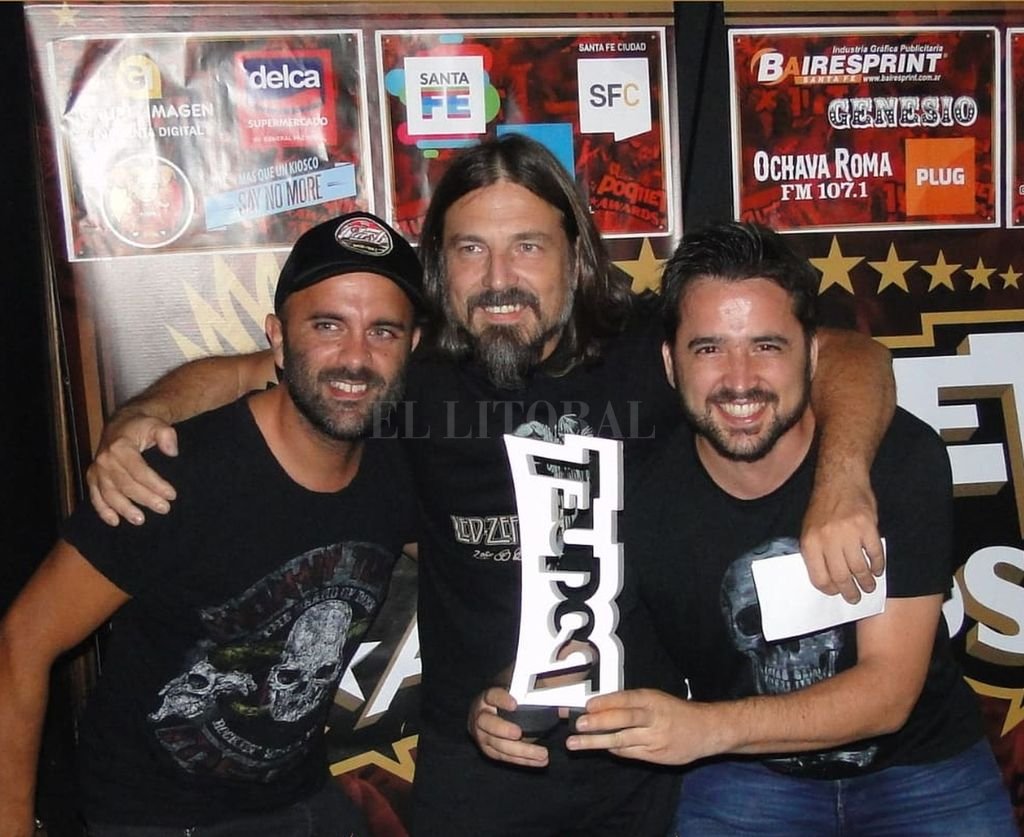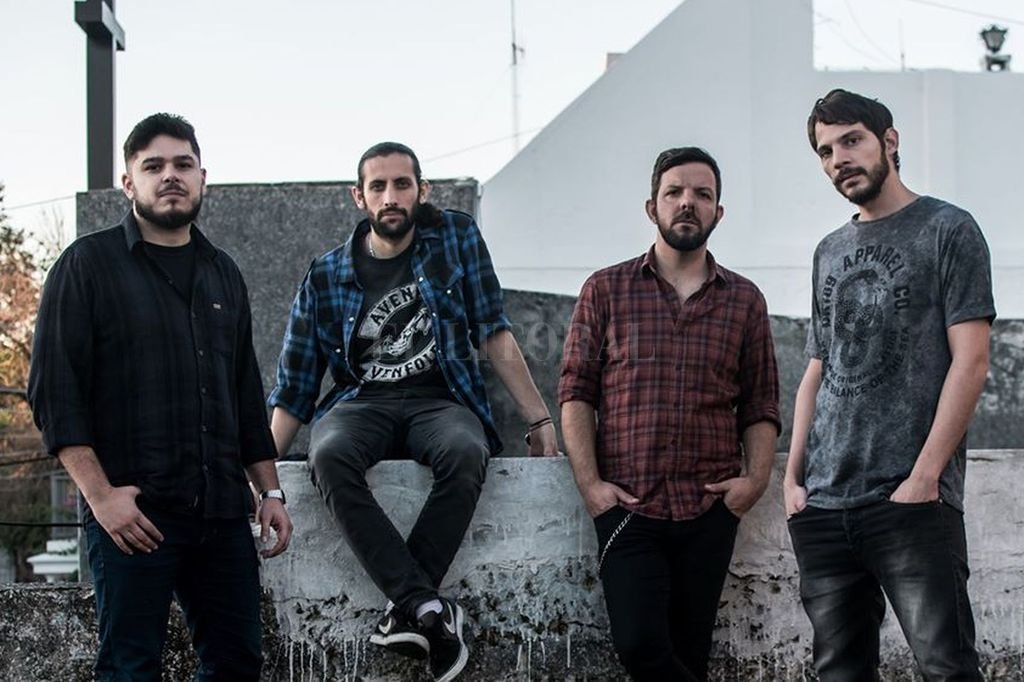
These missions were ultimately attacked and destroyed by hostile tribes of the Chaco region.

Before that, the area was originally inhabited by various indigenous tribes, some of which lived in reducciones, a type of missions founded by Franciscans. In 1689, captain Luís Romero de Piñeda received part of the lands of the Pago de los Arroyos by royal decree, as payment for services to the Spanish Crown. Nonetheless, the town was officially declared a city on 3 August 1852, at the time it was known as Pago de los Arroyos, that is, "land of the streams", a reference to the several small rivers that traverse the southern region of Santa Fe, like the Ludueña Stream, the Saladillo Stream and others, emptying into the Paraná River. The city's patron is the " Virgin of the Rosary", whose feast day is October 7.Įven though the city did not have a clear foundation date or any official acknowledgement thereof, most commentators state that Rosario was founded on 7 October 1793 with a local population of 457 inhabitants. The city plays a critical role in agricultural commerce, and thus finds itself at the center of a continuing debate over taxes levied on big-ticket agricultural goods such as soy.Īlong with Paraná, Rosario is one of the few Argentine cities that cannot point to a particular individual as its founder. The Rosario-Victoria Bridge, opened in 2004, spans the Paraná River, connecting Rosario with the city of Victoria, across the Paraná Delta. Manufactured goods include flour, sugar, meat products, and other foodstuffs. Exports include wheat, flour, hay, linseed and other vegetable oils, corn, sugar, lumber, meat, hides, and wool. The Port of Rosario is subject to silting and must be dredged periodically. Ships reach the city via the Paraná River, which allows the existence of a 10-metre-deep (34 ft) port. The city is a major railroad terminal and the shipping center for north-eastern Argentina. Rosario is the head city of the Rosario Department and is located at the heart of the major industrial corridor in Argentina.

One of its main attractions includes the neoclassical, Art Nouveau, and Art Deco architecture that has been retained over the centuries in hundreds of residences, houses and public buildings. With a growing and important metropolitan area, Greater Rosario has an estimated population of 1,750,000 as of 2020.

Rosario is the third-most populous city in the country, and is also the most populous city in Argentina that is not a capital (provincial or national). The city is located 300 km (186 mi) northwest of Buenos Aires, on the west bank of the Paraná River. Rosario ( Spanish pronunciation: ) is the largest city in the central Argentina province of Santa Fe.


 0 kommentar(er)
0 kommentar(er)
